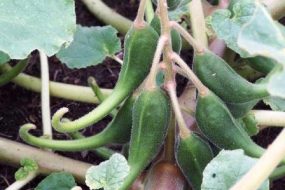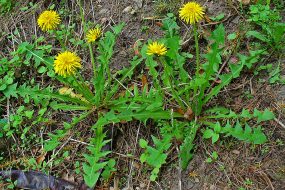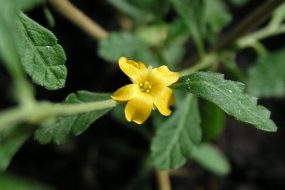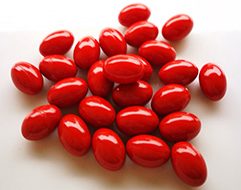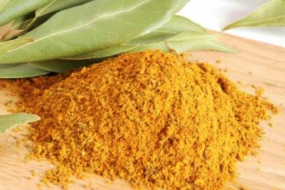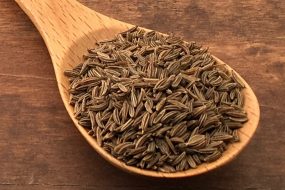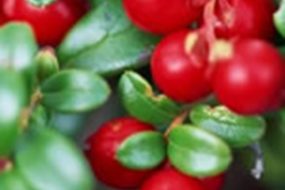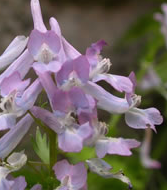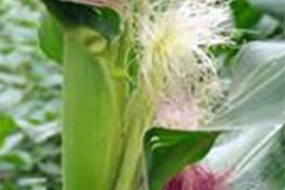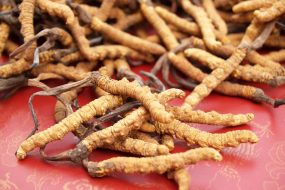DIOSMIN
Diosmin is a molecule of plant origin present mainly in citrus fruits, but also in Barosma betulina and Ruta graveolens. In particular, it is a bioflavonoid. In addition to being an ingredient in supplements to be taken orally, it is also found on the market in topical products, such as creams or gels to be

